Magners left in shadows as Strongbow flies
The take-home alcohol market has been under the cosh all year, with pressure on one hand from Government to legislate against below-cost promotion, and, on the other, from supermarkets to counter the effects of food price inflation and the recession. Add in mega duty increases and spiralling costs, and a steady 4% value growth is looking like a great result. Some brands have done even better.
The strongest growth came, once again, in cider, with S&N still in control of the category. It may have been wrongfooted by the meteoric rise of Magners initially, but while Magners’ advertising remains expensive and conspicuous, the heavily supported Strongbow continues to pull clear of its Irish rival.
Beck’s was an exception, aided by some sharp pricing, and Carlsberg’s momentum continues apace, with sales value marginally outpacing volumes, though the margins it’s making are open to question. However, although market leader Stella Artois managed to moderate its decline, its best days appear to be behind it. It continues to be a bleak time for ale, though Old Speckled Hen’s 17% sales uplift demonstrates that premium bottled ales remain buoyant.
The category is being bolstered by myriad regional and microbrewed brands, few of which are likely to trouble the Nielsen charts in their own right but which collectively give hope to an ale market regularly written off by critics. Meanwhile wine has been struggling, with value growth down from last year’s 6.5% to just 3.9%, a drop that has been noticed in the booze aisle, and volume growth of just 0.1%.
“Since March we’ve seen 250,000 households fall out of the wine market,” says Pierpaolo Petrassi, Tesco’s product development manager. “Consumers are defaulting towards known brands where the inherent risk is a bit lower. Shallower discounts such as £1 and £1.50 off don’t seem to be exciting people as much.”
Although brands such as Blossom Hill and Echo Falls report sales increases, Petrassi believes these merely replicate volume growth.
“Many brands are engineered to hit certain price points and have done a lot of work with things such as UK bottling and currency,” he says. “Some of these guys haven’t increased their selling prices.”
Spirits had a good year by market standards, with Diageo the star supplier. Market leader Smirnoff Red turned in a storming performance backed by epic advertising. However, it’s telling that one of the strongest contenders for star of the show came from Glen’s, a no-frills budget vodka.
But Diageo brand Baileys, while not always sold at the prices its owner would like, was another stand-out performer in a cream liqueur category in only modest growth. Grant’s did even better, reaping the rewards of repackaging and sampling with one of its best-ever performances, despite blended Scotch experiencing a sluggish year.
RTD producers are talking eagerly about a projected sales plateau and ultimate return to growth, but for now only WKD has any genuine cause for celebration. Avoiding the complications of range proliferation, and investing in advertising aimed squarely at its young male demographic, the brand continues to pull off the difficult feat of recruiting new consumers to replace the ones RTDs inevitably lose as they hit their mid-20s.
View The Grocer's definitive Top Products 2008 survey
The take-home alcohol market has been under the cosh all year, with pressure on one hand from Government to legislate against below-cost promotion, and, on the other, from supermarkets to counter the effects of food price inflation and the recession. Add in mega duty increases and spiralling costs, and a steady 4% value growth is looking like a great result. Some brands have done even better.
The strongest growth came, once again, in cider, with S&N still in control of the category. It may have been wrongfooted by the meteoric rise of Magners initially, but while Magners’ advertising remains expensive and conspicuous, the heavily supported Strongbow continues to pull clear of its Irish rival.
Top Launch
Time will tell whether S&N's widgets really will "create a brand new segment within the lager category" and help to "grow the value of the long alcoholic drinks category by a further £300m over the next five years". But the launch of Foster's with in-can Scuba and Kronenbourg 1664 with Dynamo Système represent a genuine attempt at innovation in a lager market that's often accused of lacking imagination.
Its problems have been exacerbated by Bulmers Original, aimed squarely at the Magners audience and completing an S&N pincer movement against the brand universally credited with reviving cider. S&N’s Jacques is also making a nuisance of itself.
Lager was again hit by a poor summer and lack of sporting events, and premium lagers took the biggest knocks as 4% abv brands picked up sales.Time will tell whether S&N's widgets really will "create a brand new segment within the lager category" and help to "grow the value of the long alcoholic drinks category by a further £300m over the next five years". But the launch of Foster's with in-can Scuba and Kronenbourg 1664 with Dynamo Système represent a genuine attempt at innovation in a lager market that's often accused of lacking imagination.
Beck’s was an exception, aided by some sharp pricing, and Carlsberg’s momentum continues apace, with sales value marginally outpacing volumes, though the margins it’s making are open to question. However, although market leader Stella Artois managed to moderate its decline, its best days appear to be behind it. It continues to be a bleak time for ale, though Old Speckled Hen’s 17% sales uplift demonstrates that premium bottled ales remain buoyant.
The category is being bolstered by myriad regional and microbrewed brands, few of which are likely to trouble the Nielsen charts in their own right but which collectively give hope to an ale market regularly written off by critics. Meanwhile wine has been struggling, with value growth down from last year’s 6.5% to just 3.9%, a drop that has been noticed in the booze aisle, and volume growth of just 0.1%.
“Since March we’ve seen 250,000 households fall out of the wine market,” says Pierpaolo Petrassi, Tesco’s product development manager. “Consumers are defaulting towards known brands where the inherent risk is a bit lower. Shallower discounts such as £1 and £1.50 off don’t seem to be exciting people as much.”
Although brands such as Blossom Hill and Echo Falls report sales increases, Petrassi believes these merely replicate volume growth.
“Many brands are engineered to hit certain price points and have done a lot of work with things such as UK bottling and currency,” he says. “Some of these guys haven’t increased their selling prices.”
Spirits had a good year by market standards, with Diageo the star supplier. Market leader Smirnoff Red turned in a storming performance backed by epic advertising. However, it’s telling that one of the strongest contenders for star of the show came from Glen’s, a no-frills budget vodka.
But Diageo brand Baileys, while not always sold at the prices its owner would like, was another stand-out performer in a cream liqueur category in only modest growth. Grant’s did even better, reaping the rewards of repackaging and sampling with one of its best-ever performances, despite blended Scotch experiencing a sluggish year.
RTD producers are talking eagerly about a projected sales plateau and ultimate return to growth, but for now only WKD has any genuine cause for celebration. Avoiding the complications of range proliferation, and investing in advertising aimed squarely at its young male demographic, the brand continues to pull off the difficult feat of recruiting new consumers to replace the ones RTDs inevitably lose as they hit their mid-20s.
View The Grocer's definitive Top Products 2008 survey



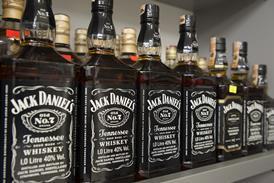
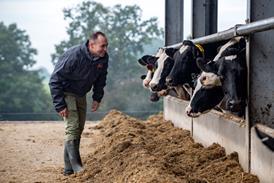




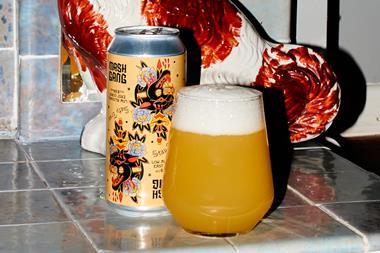
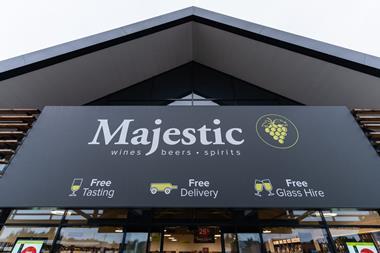

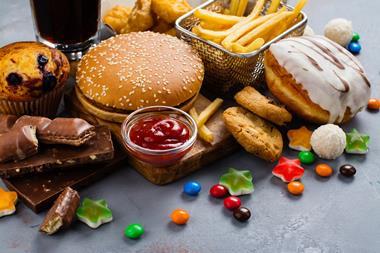
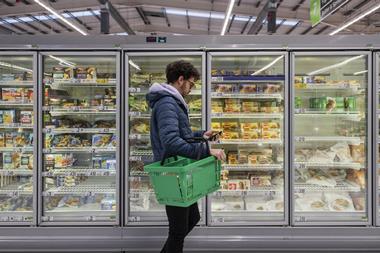



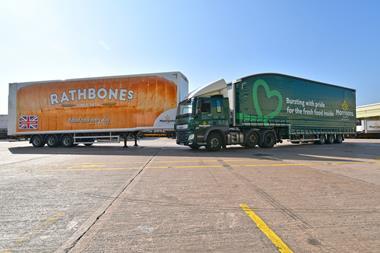
No comments yet